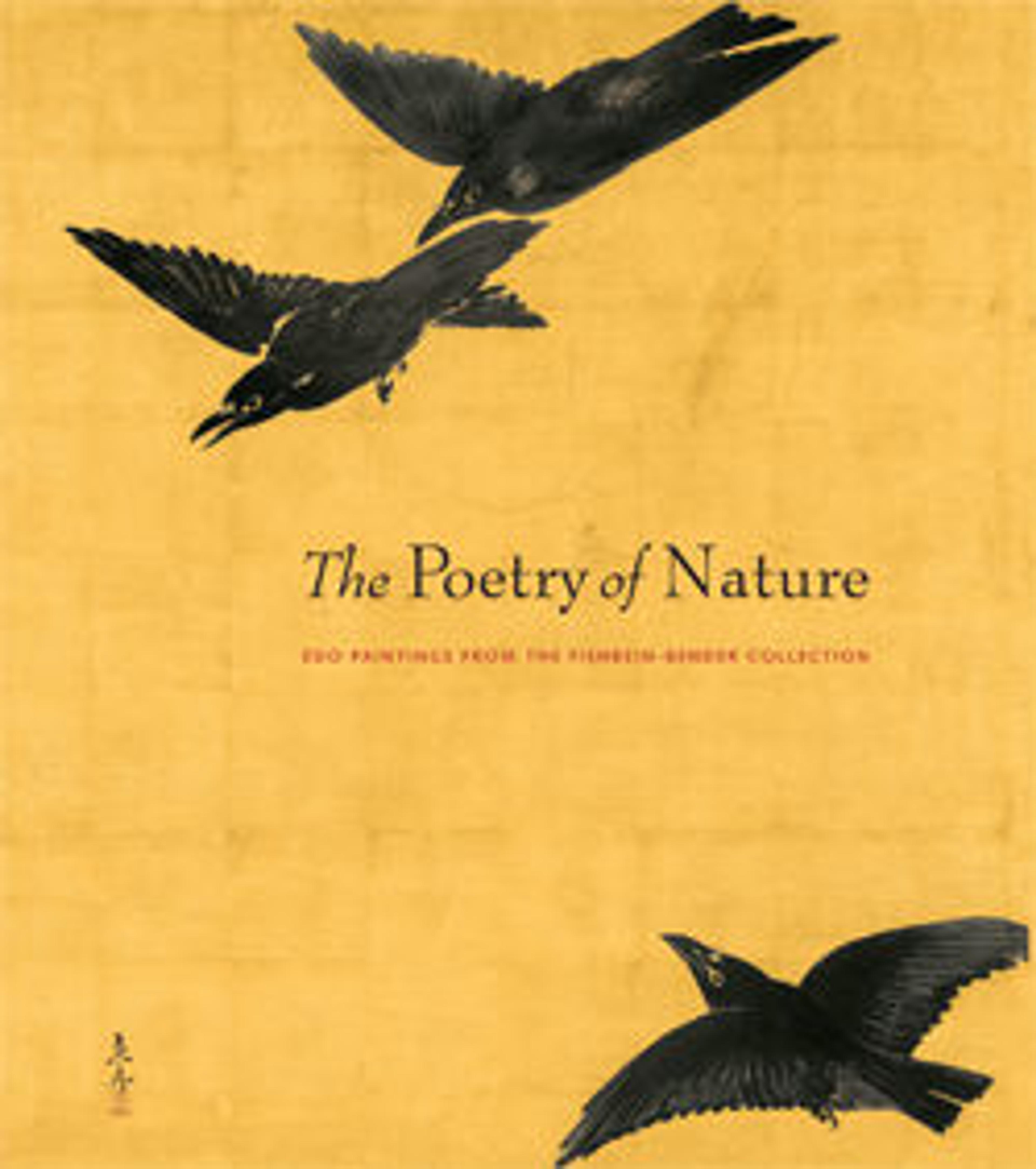Woodcutters and Fishermen
Shijō Street in central Kyoto, where Goshun opened the studio that came to be known as the Shijō school, was also the site of the artist’s residence. Born to a family of officials at the government mint, Goshun studied with the Nanga, or literati school, artist Yosa Buson (1716–1783). Following several years as a Buddhist monk in Ikeda, he joined a group of artists in Kyoto in 1787 to work with Maruyama Ōkyo (1733–1795), whose school combined traditional methods of Japanese painting with aspects of Western realism and perspective.
In this composition, Chinese fishermen and woodcutters, their faces weathered and animated, move through a hazy spring landscape in which a hint of linear perspective indicative of Ōkyo’s influence melds with the lyricism that Goshun absorbed from Buson. The artist chose fishermen to symbolize the purity of the life of the recluse-scholar, following in the tradition of Chinese literati painters.
In this composition, Chinese fishermen and woodcutters, their faces weathered and animated, move through a hazy spring landscape in which a hint of linear perspective indicative of Ōkyo’s influence melds with the lyricism that Goshun absorbed from Buson. The artist chose fishermen to symbolize the purity of the life of the recluse-scholar, following in the tradition of Chinese literati painters.
Artwork Details
- 松村呉春筆 山樵漁夫図屏風
- Title:Woodcutters and Fishermen
- Artist:Matsumura Goshun (Japanese, 1752–1811)
- Period:Edo period (1615–1868)
- Date:ca. 1790–95
- Culture:Japan
- Medium:Pair of six-panel folding screens; ink and color on paper
- Dimensions:Image (each): 65 15/16 in. × 12 ft. 2 7/16 in. (167.5 × 372 cm)
Overall with mounting: 67 1/2 in. × 12 ft. 4 in. (171.5 × 376 cm) - Classification:Paintings
- Credit Line:Mary Griggs Burke Collection, Gift of the Mary and Jackson Burke Foundation, 2015
- Object Number:2015.300.206.1, .2
- Curatorial Department: Asian Art
More Artwork
Research Resources
The Met provides unparalleled resources for research and welcomes an international community of students and scholars. The Met's Open Access API is where creators and researchers can connect to the The Met collection. Open Access data and public domain images are available for unrestricted commercial and noncommercial use without permission or fee.
To request images under copyright and other restrictions, please use this Image Request form.
Feedback
We continue to research and examine historical and cultural context for objects in The Met collection. If you have comments or questions about this object record, please contact us using the form below. The Museum looks forward to receiving your comments.
